Why does my carpet feel damp? Property experts reveal the 3 causes and how to fix them properly to avoid mold
Condensation doesn't just gather on your windows
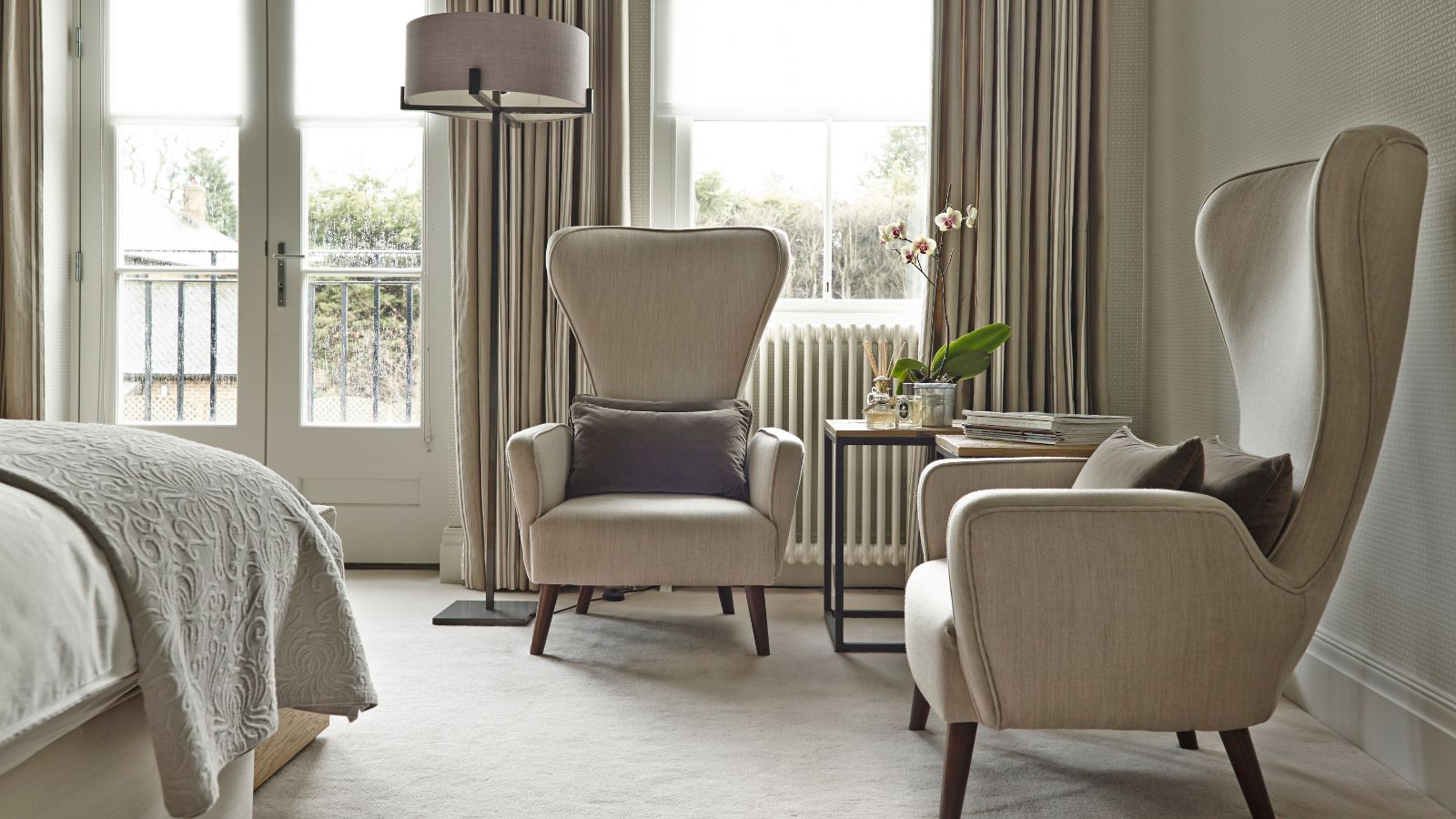
If you've walked barefoot at home and wondered why your carpet feels damp, you're not alone. Not only does a damp carpet feel uncomfortable, but left untreated, it can also cause bacteria growth, mold and mildew, lingering smells, and damage to your home's foundation.
Damp carpets require active drying, especially in the months of the year with fluctuating temperatures and humidity, whilst leaks and spills need to be dealt with promptly to avoid long-term issues.
So what can you do about it? Cleaning a damp carpet will cause damage to even the best vacuums for carpet so our property maintenance pros advise how to spot and fix dampness instead.
Common causes for why your carpet feels damp
1. Humidity, condensation and poor ventilation in the air
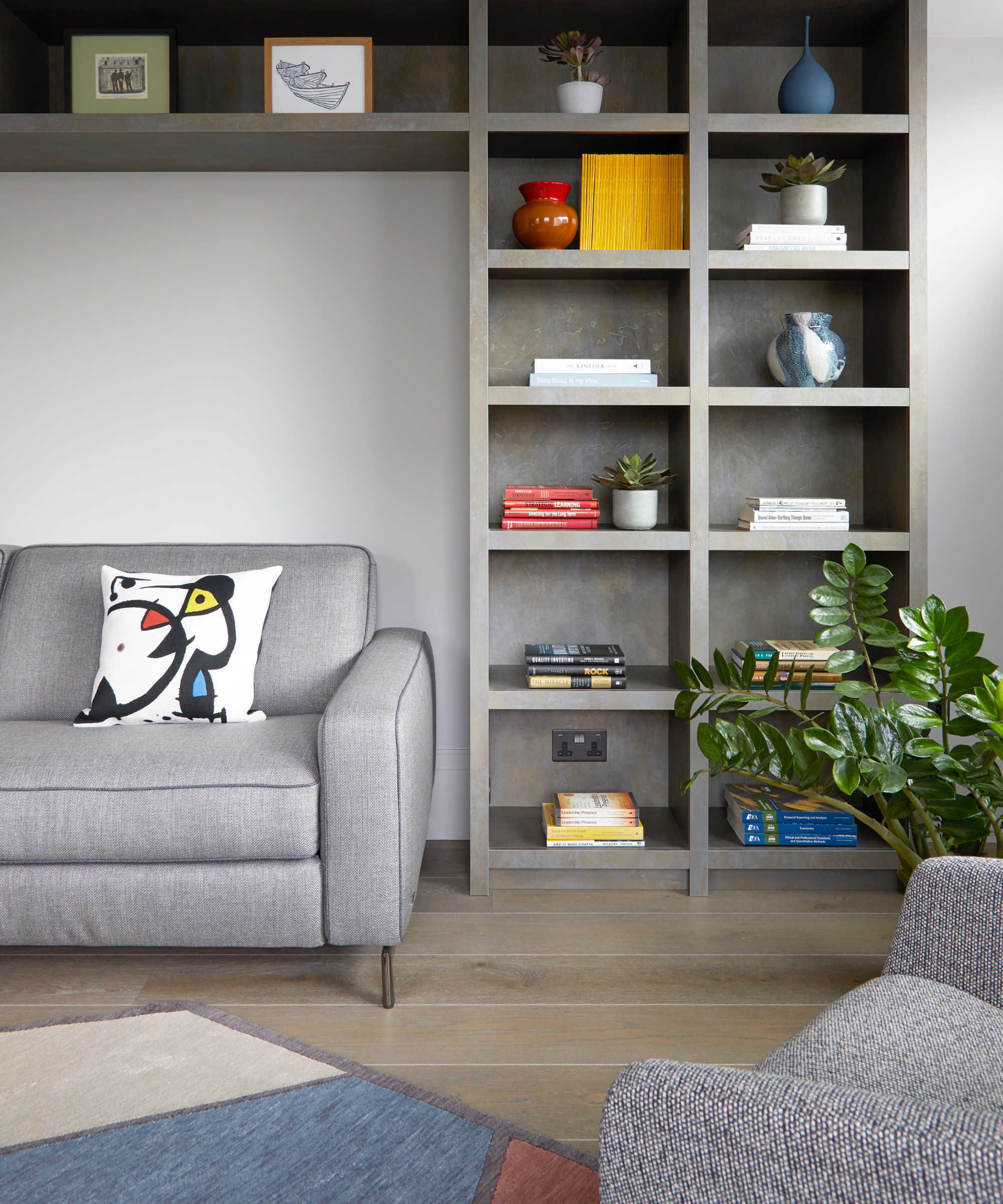
Condensation, poor ventilation and high humidity can make your carpets or rugs damp.
It's natural to assume that a damp carpet is caused by your foundations or spillages (and often, this is the case), but the most common explanation is actually to do with your indoor humidity, similar to when you notice your house feeling damp.
Yan Margulis, home renovation expert, contractor and CEO at Capable Group explains, 'Humidity and air quality play a significant role in the dampness of carpets,' highlighting the importance of knowing how to lower your humidity.
'Homes where good air circulation is non-existent or have between-indoor water sources from cooking, showering, or drying clothes indoors will soon develop condensation on the carpets,' he adds.
There are ways to avoid this like knowing the best thermostat temperature to curb damp, mold and condensation, but really, you need an indoor humidity level of 30% to 50%. You can achieve this with fans and proper ventilation, but a dehumidifier is your best bet.
'If it is due to humidity, use a dehumidifier and ventilate more,' advises Andrew Cohn, DIY expert and founder of COHn Acrylic. He adds, 'Prevent carpet dampness by running a dehumidifier in moist areas on a regular basis.' Even running a fan will reduce moisture, and it's often what I do to speed up drying my laundry as the flow of air pulls moisture out of the fabric.
I'm a home tech editor and these are my top product picks for different budgets and room sizes. All prices were correct at the time of publication.
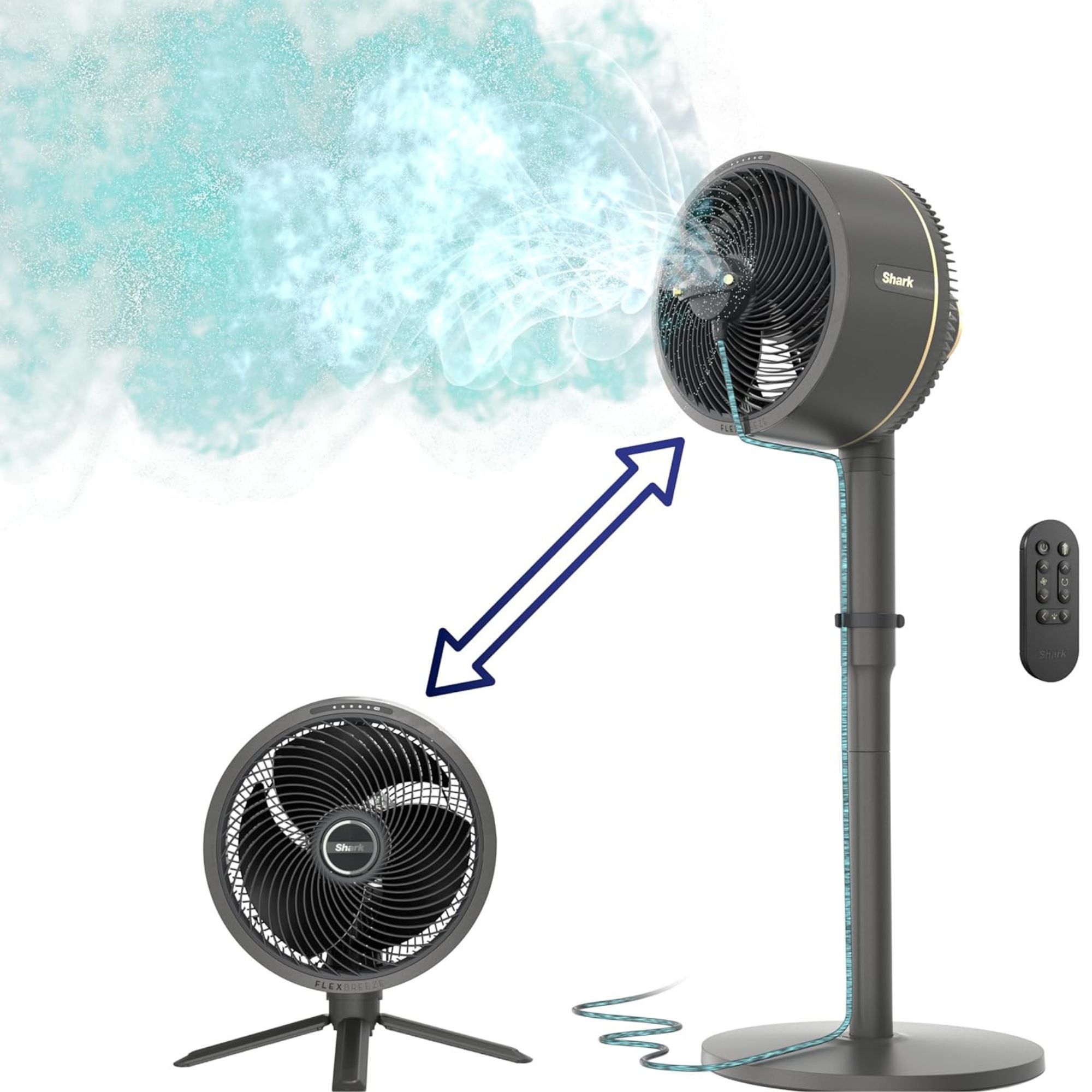
Most of us have a fan lying around the house somewhere, but if you're looking to upgrade to the real deal, this Shark fan can switch between pedestal and tabletop mode. It's completely portable, allowing you to fight carpet dampness in any room. It can even be hooked up to a faucet outdoors for a gentle mist on hot days.
Read our full Shark FlexBreeze review to find out more.

This 95 oz dehumidifier is a highly-rated option for good reason. It is affordable and can remove a liter (0.26 gallons) of moisture daily, with a sleep mode and automatic shut-off when needed. It also has a small footprint, so you can tackle damp patches on a carpet without obstructing your floors.
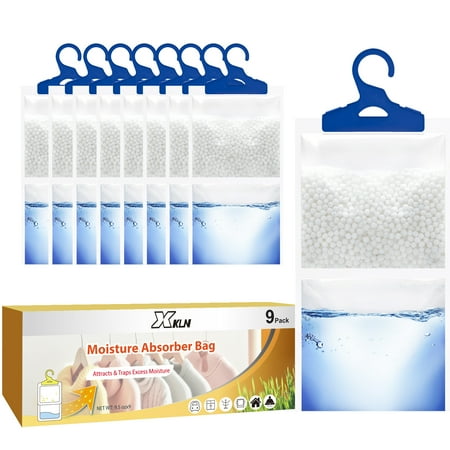
While a dehumidifier appliance is the most effective method to reduce dampness, you can save some money with this pack of moisture absorbers, and pair them with a fan and good ventilation to keep your carpets dry.
Maintaining the right humidity and improving ventilation will help, but so will maintaining and cleaning your HVAC system as Jimmy Harris, owner of We Buy Houses, explains: 'If a HVAC system is oversized, it will cause short run cycles. The short run cycles will not allow the HVAC system to run long enough to pull the humidity out of the air.'
He adds, 'Sometimes short cycles can be fixed by setting your thermostat to a lower temperature and maintaining that cooler temperature. If lowering the thermostat does not work, you may need to contact an HVAC specialist.'
2. Spills and leaks
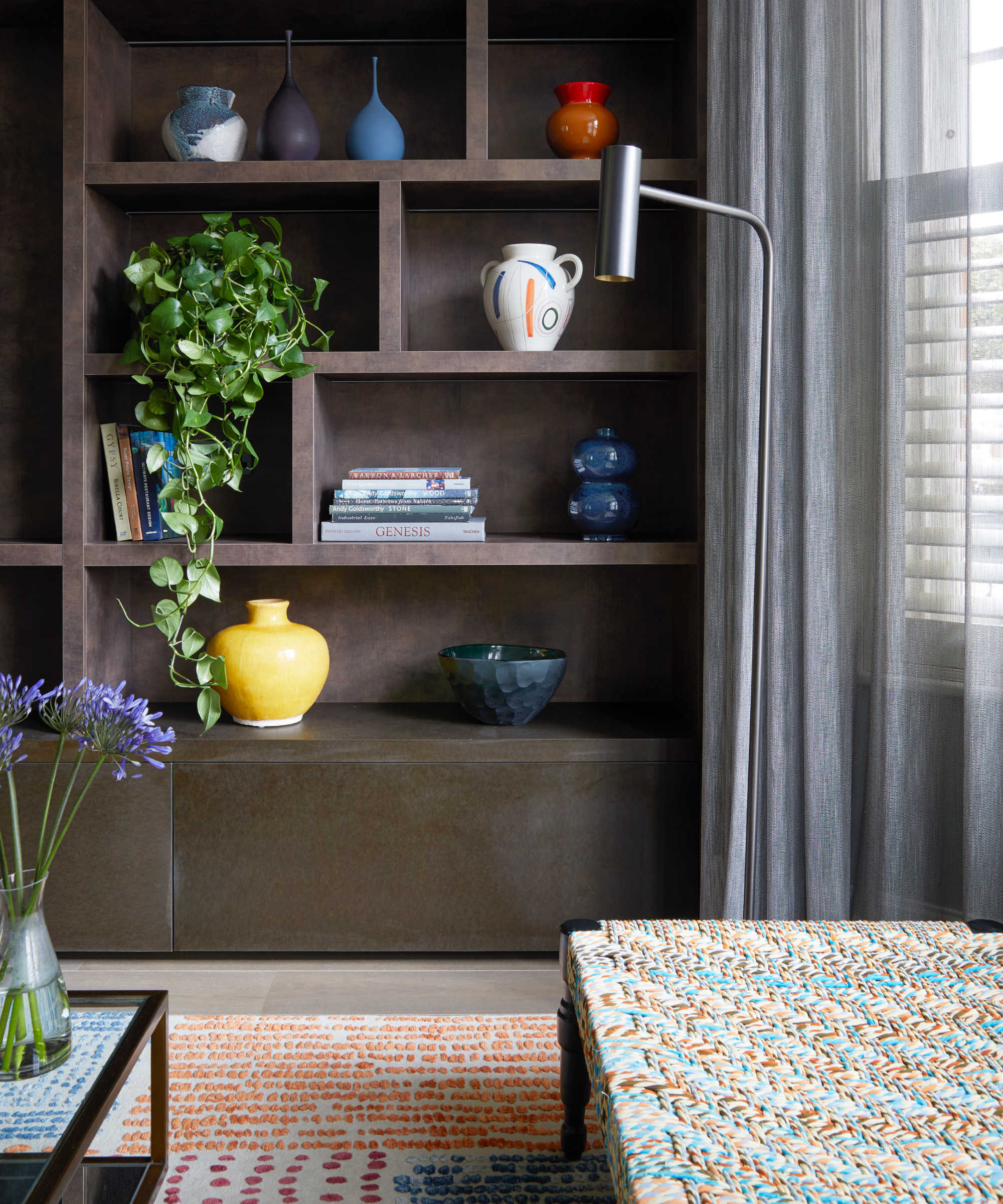
Any leaks or spills on carpets and rugs must be dried as quickly as possible, otherwise, you'll run the risk of mold developing in the layers underneath.
'It's possible for your carpet to get wet if pipes leak, sinks spill, or the plumbing breaks,' explains Sydney Sims, consumer advocate at Ownerly. If the carpet is damp in a particular area and not all over, this might be the issue.
A common misconception is that carpets dry naturally. In reality, failing to dry them actively after spillages or steam cleaning the carpet is one of many habits that increase the risk of mold. The trapped moisture can also seep into your home's foundations and damage the floorboards underneath.
Elissa Hall, lead designer at RedAwning, adds, 'Confusingly, the clammy sensation can also be caused by not-so-obvious origins, like residues from cleaning products not sabbed off.'
After using one of the best carpet cleaners, make sure to dry your flooring using a fan, dehumidifier, ventilation or heat as suggested above.
3. Floorboard issues
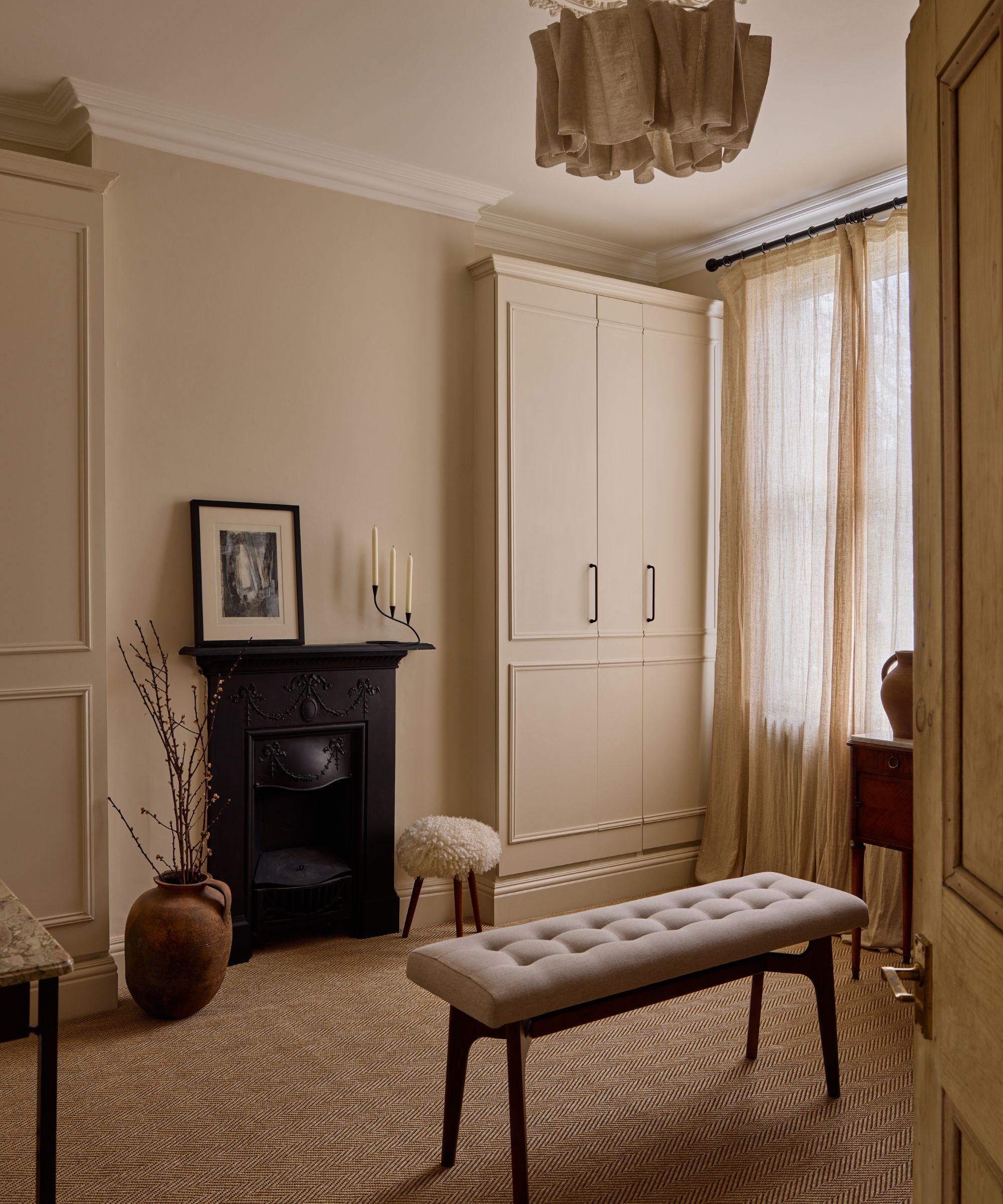
Foundation issues can cause damp patches to appear from below.
This is a tricky one. If it turns out the issue is coming from your foundations, you're going to have to pull up the carpet to fix it. You can tell whether the water damage has come from a foundation leak if you spot yellow or brown stains and discoloration, particularly if they're near walls and plumbing fixtures.
But unfortunately, the only way to really know is by looking under the carpet. 'Look for cracks in the slab that may allow water to enter. If you find a crack, seal it with an epoxy-based sealer or hydraulic cement,' Jimmy advises.
He adds, 'If you have water pooling near your foundation, make sure the water from your gutters is running away from the house.'
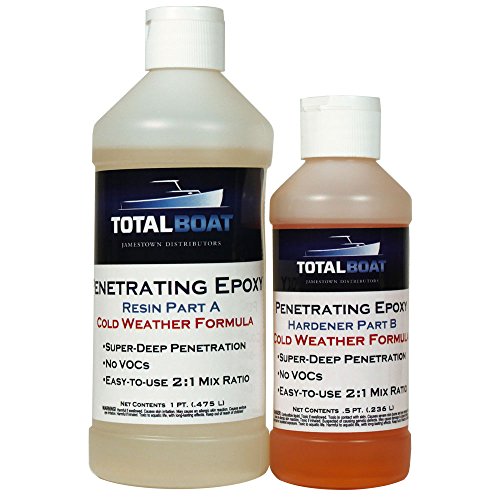
To repair cracks and rot in wooden floorboards, this epoxy sealant will harden and preserve the precious wood.
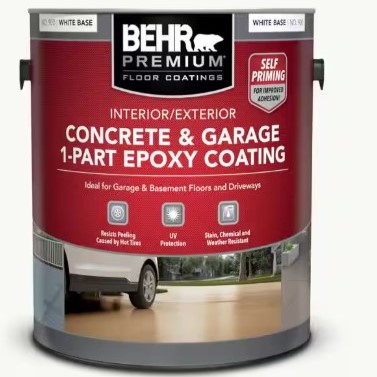
This all-in-one, weather-resistant epoxy coating will seal up cracks in your concrete foundations.
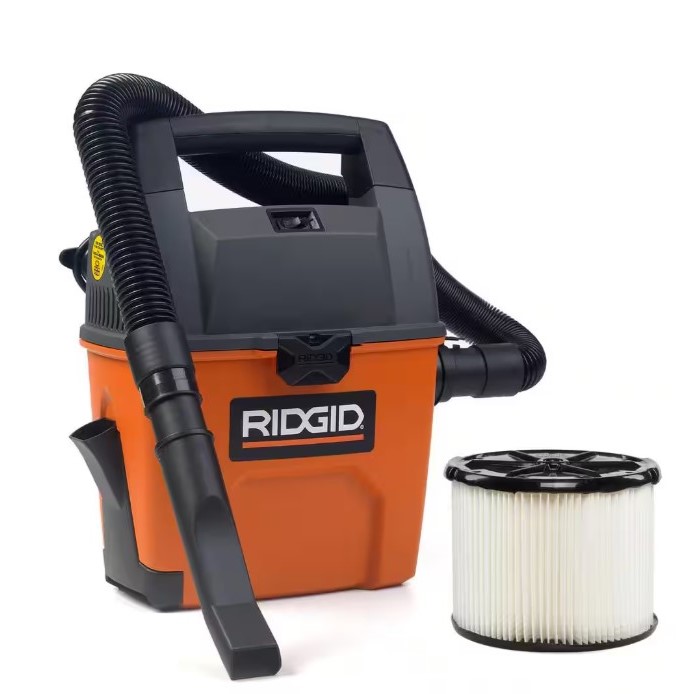
Once you've spotted a leak or pool of water, use this handheld wet/dry vacuum to clean it up as and when. You can do the same every time something gets spilled on the carpet.
Next, avoid these carpet cleaning mistakes and find out how to clean a carpet without a machine for pristine floors.
Sign up to the Homes & Gardens newsletter
Design expertise in your inbox – from inspiring decorating ideas and beautiful celebrity homes to practical gardening advice and shopping round-ups.

Dan is the Home Tech Editor for Homes & Gardens, covering all things cleaning, smart home, sound and air treatment across the Solved section. Having worked for Future PLC since July 2023, Dan was previously the Features Editor for Top Ten Reviews and looked after the wide variety of home and outdoor content across the site, but their writing about homes, gardens, tech and products started back in 2021 on brands like BBC Science Focus, YourHomeStyle and Gardens Illustrated.
They have spent more than 200 hours testing and reviewing vacuums for Homes & Gardens, and have even visited Dyson's engineering labs for the full low-down of the ins and outs of our trusty cleaners.
Dan has a BA in Philosophy and an MA in Magazine Journalism. Outside of work, you'll find them at gigs and art galleries, cycling somewhere scenic, or cooking up something good in the kitchen.
You must confirm your public display name before commenting
Please logout and then login again, you will then be prompted to enter your display name.
-
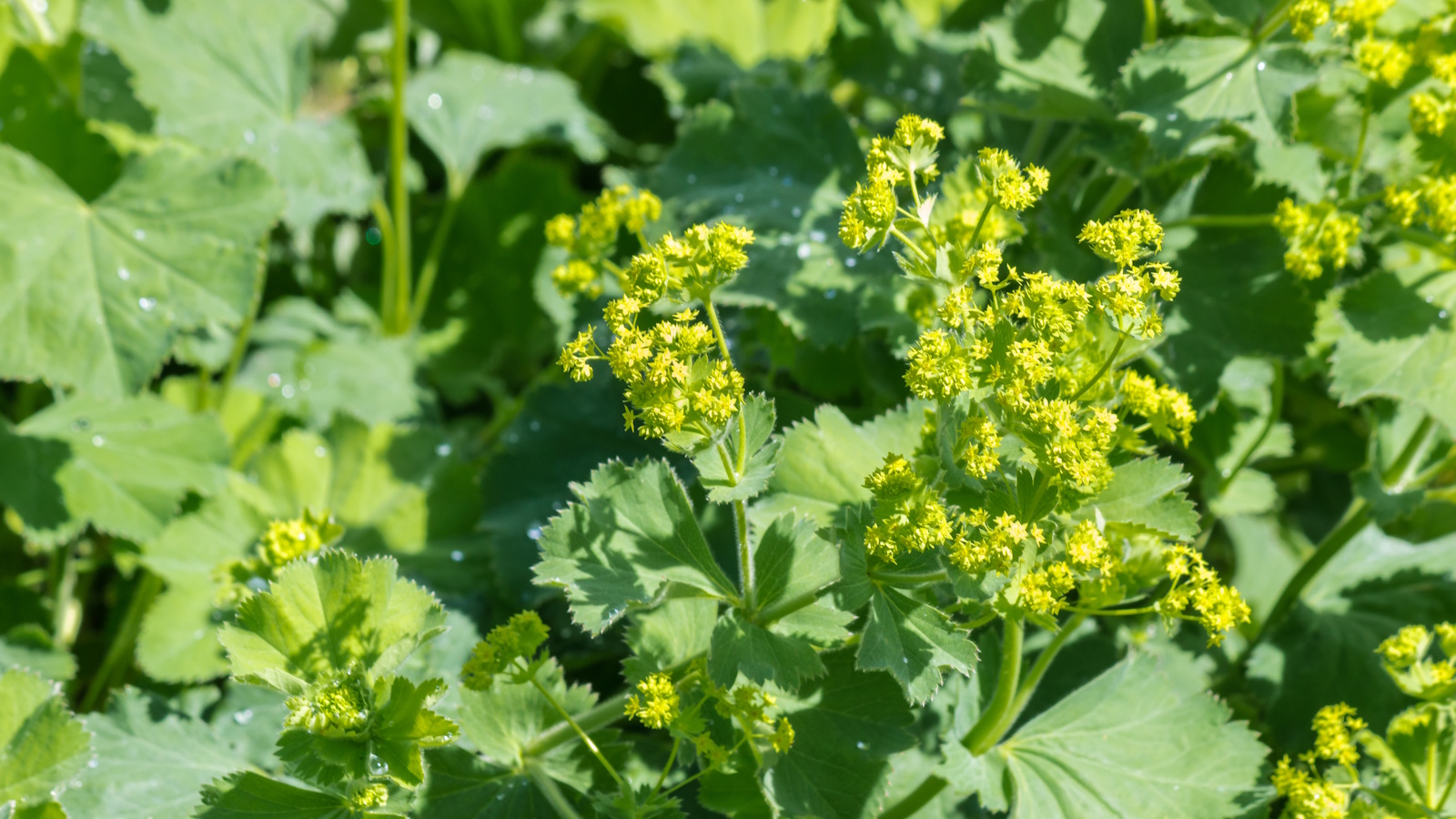 How to grow lady's mantle – for a shade-tolerant ground cover plant that will thrive in challenging borders
How to grow lady's mantle – for a shade-tolerant ground cover plant that will thrive in challenging bordersWith lush green foliage and luminous lime flowers, lady's mantle can add color and impact
By Thomas Rutter
-
 I thought I was over white kitchens, but Brooke Shields' cabinets reminded me why it's a truly timeless color choice
I thought I was over white kitchens, but Brooke Shields' cabinets reminded me why it's a truly timeless color choiceThe actress' cabinets pair seamlessly with a blue-painted accent wall, proving that this neutral shade is ever-versatile
By Hannah Ziegler
-
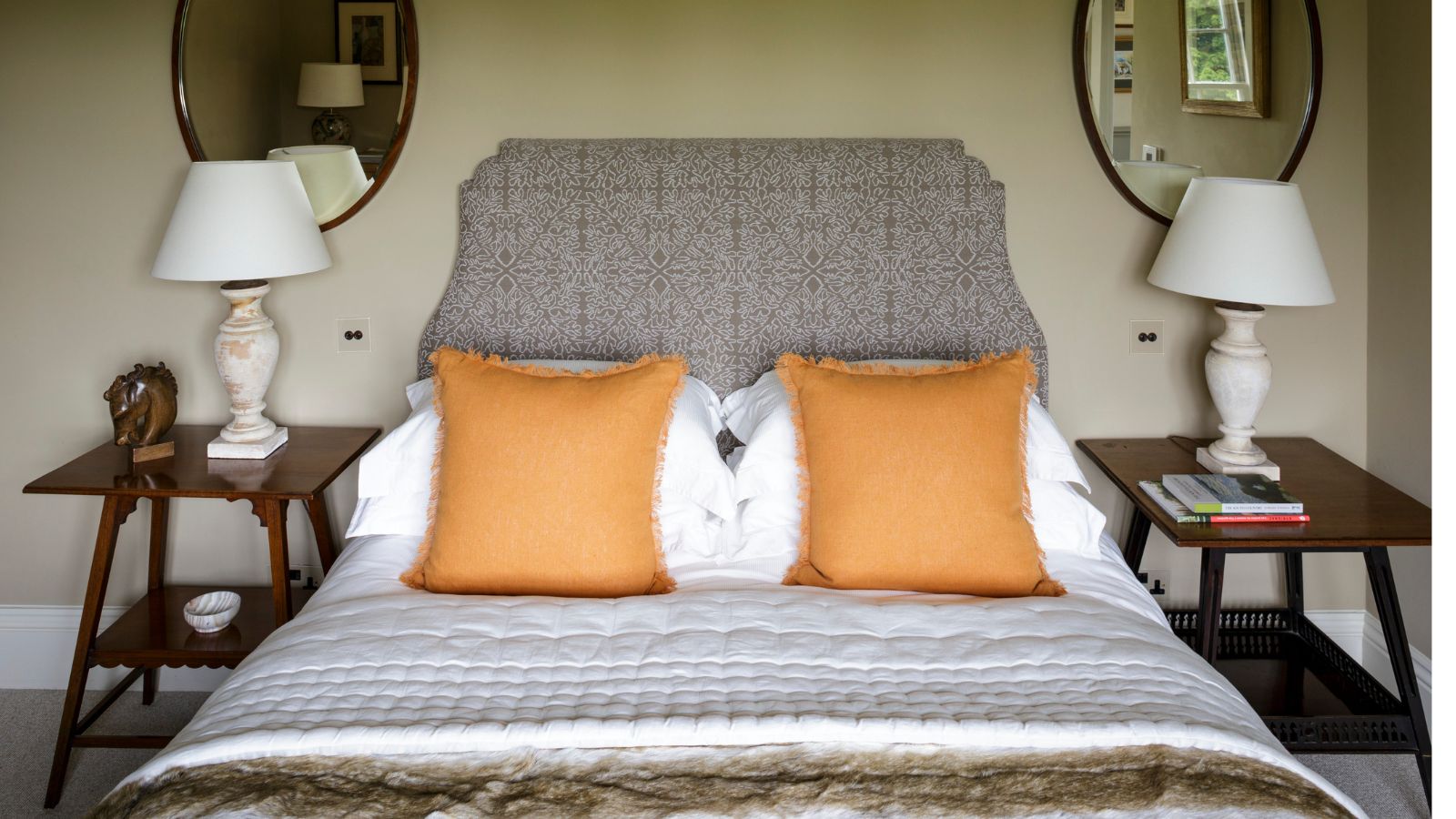 5 surprisingly practical ways to re-purpose old bed sheets for cleaning, decluttering and storage at home
5 surprisingly practical ways to re-purpose old bed sheets for cleaning, decluttering and storage at homeDon't ditch worn-out bedding – there's life in them yet
By Natasha Brinsmead
-
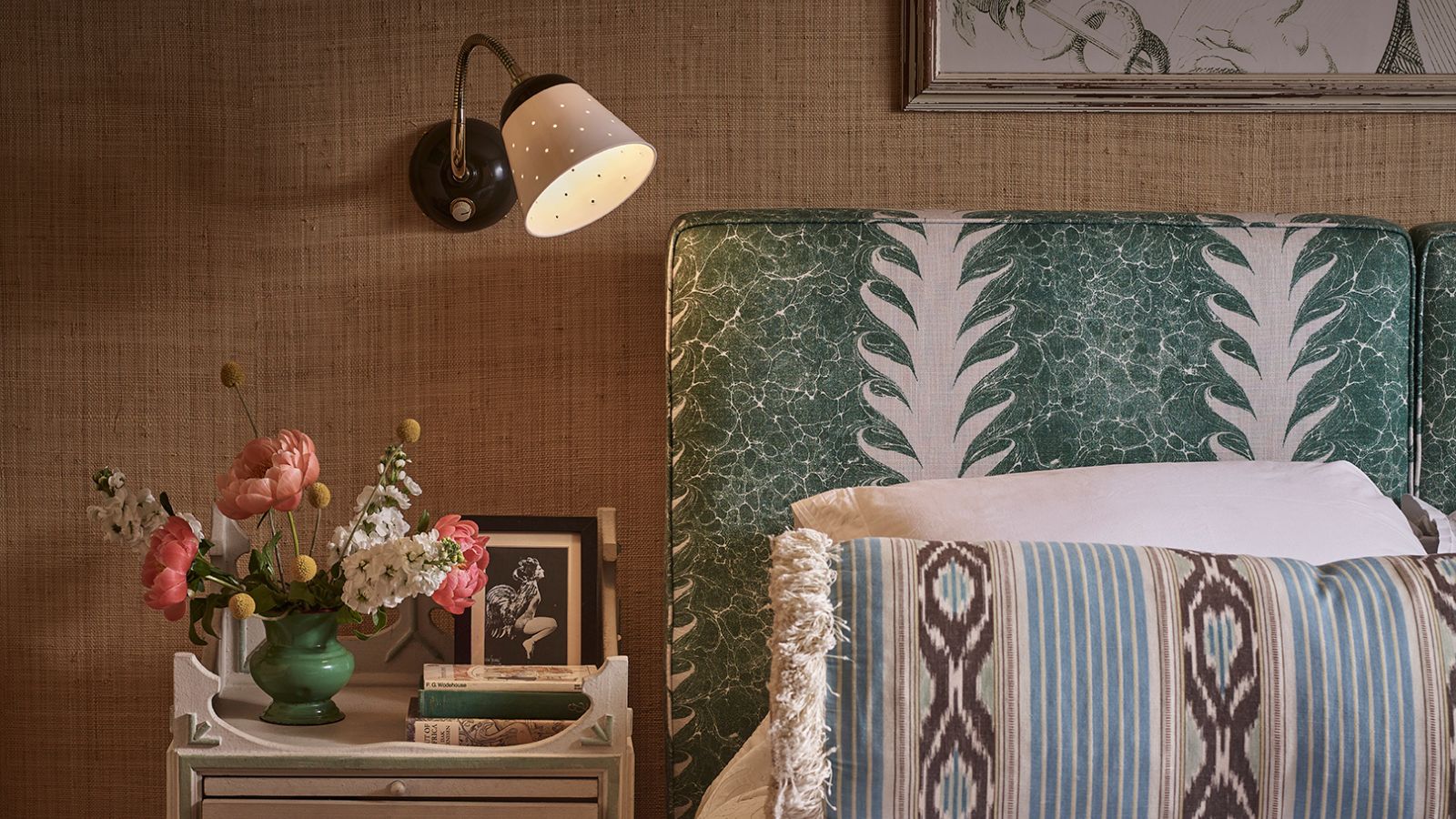 Do you need to turn the lights off when you leave a room? Experts have ended this time-honored debate once and for all
Do you need to turn the lights off when you leave a room? Experts have ended this time-honored debate once and for allOn or off? We delve into the details of this age-old dispute
By Chiana Dickson
-
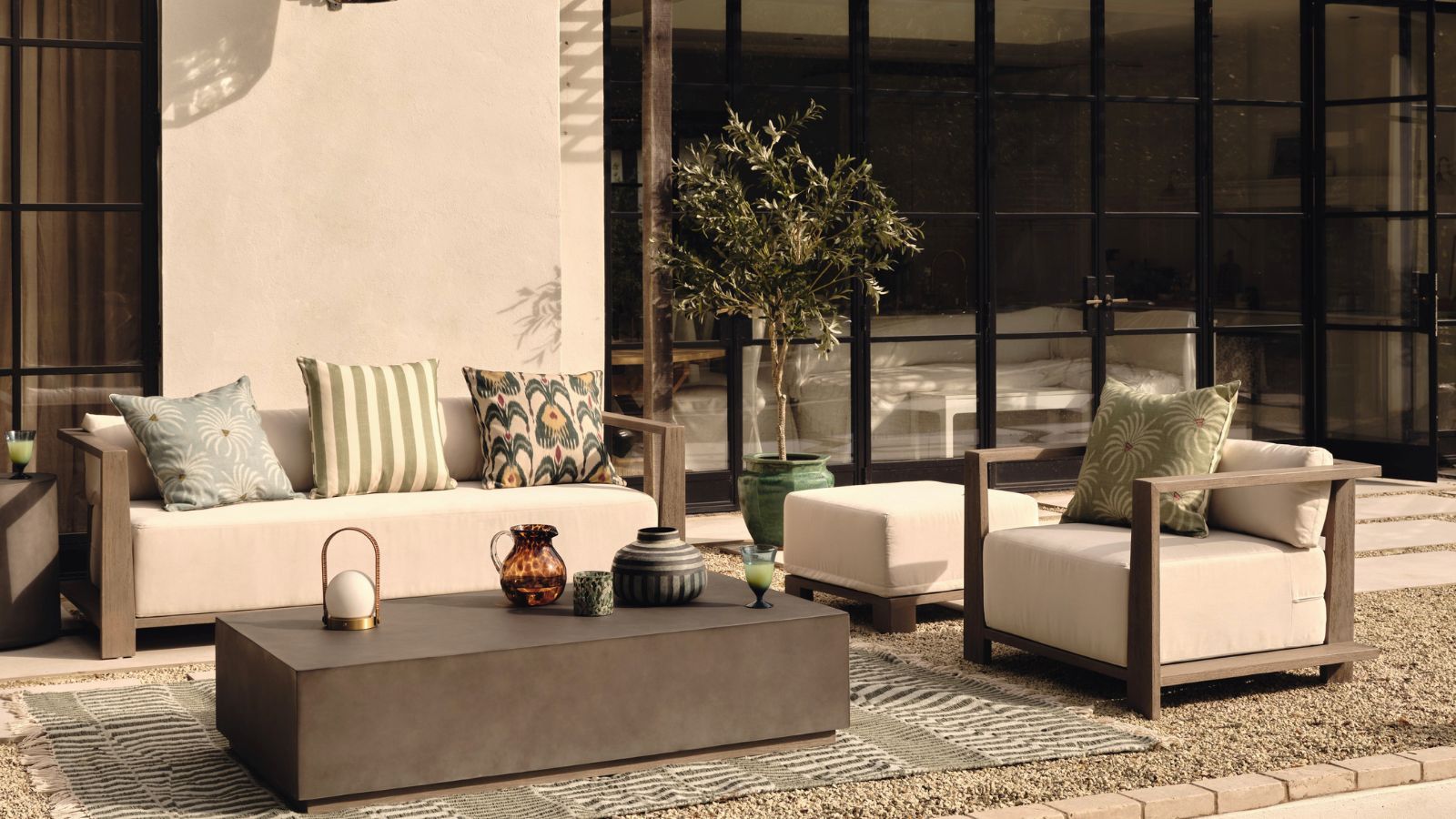 I tried the baking soda trick to quickly and naturally clean my outdoor rug – it’s now set for Easter outdoor hosting
I tried the baking soda trick to quickly and naturally clean my outdoor rug – it’s now set for Easter outdoor hostingBaking soda is perfect for lifting dirt and debris
By Eve Smallman
-
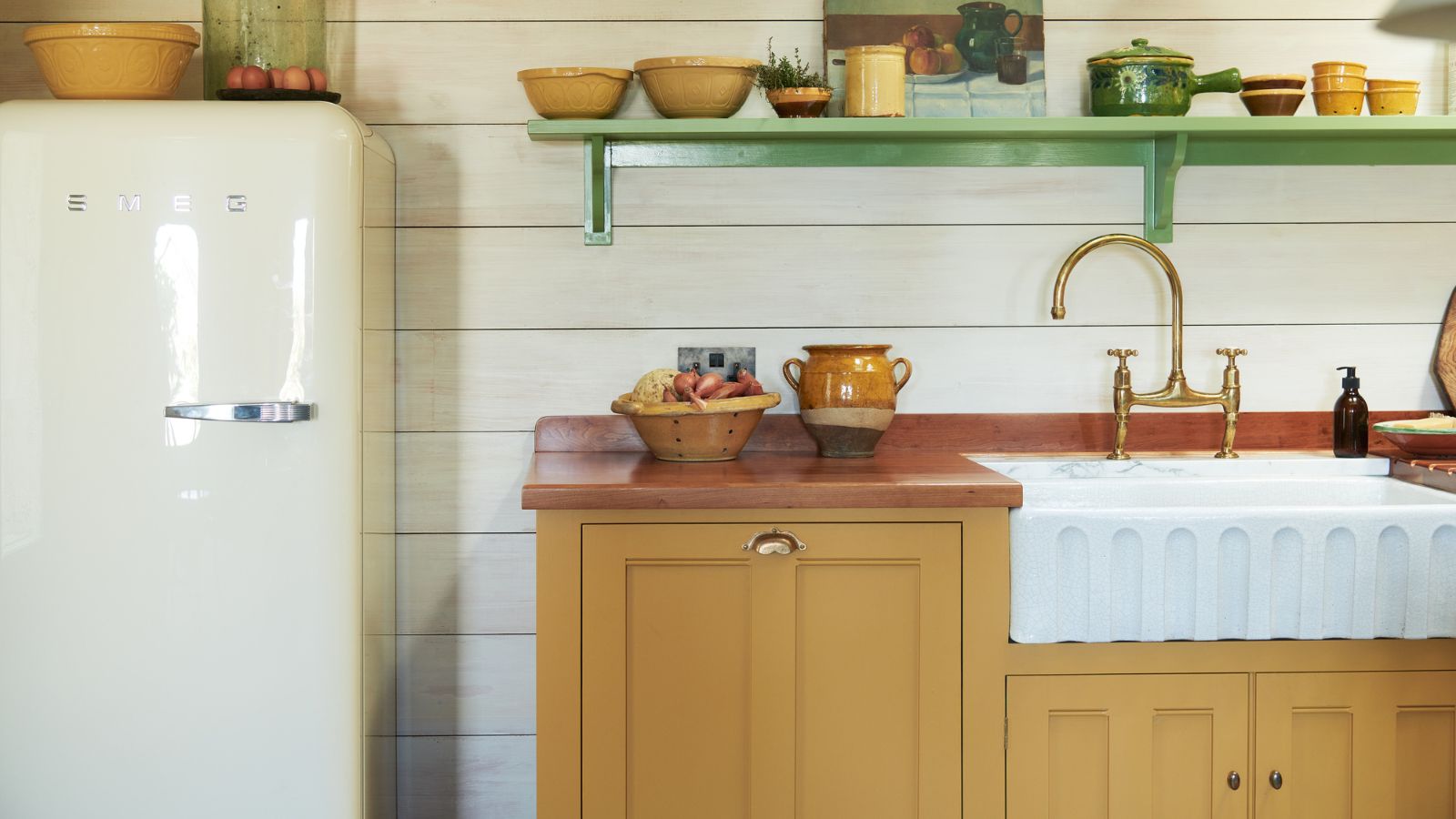 The 5 worst things you can do to your fridge – these will drive up energy costs and result in pricey and regrettable repairs
The 5 worst things you can do to your fridge – these will drive up energy costs and result in pricey and regrettable repairsIt's crucial to swerve these blunders, appliance experts warn
By Ottilie Blackhall
-
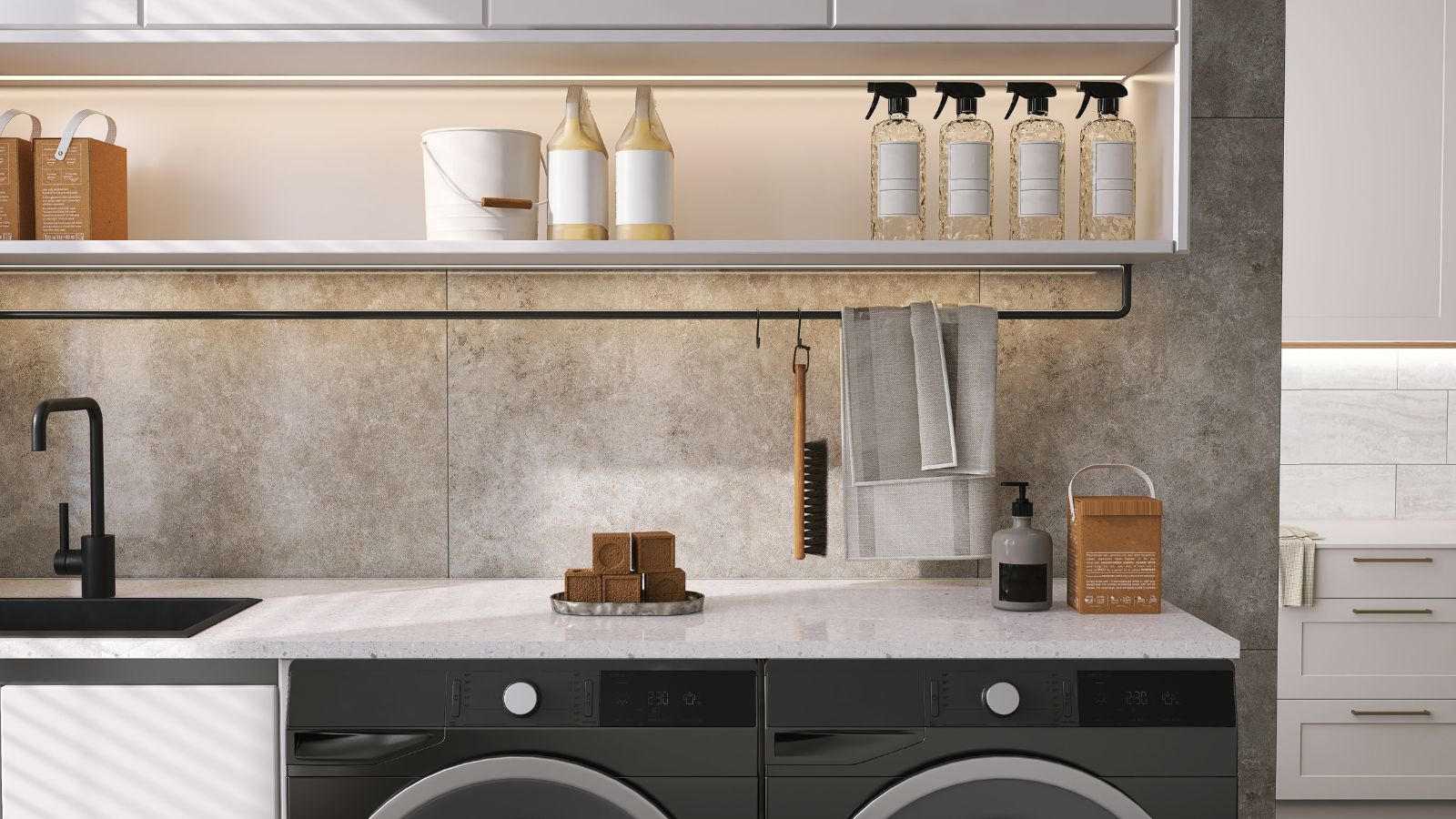 Extend the lifespan of your appliance with 5 simple but crucial washing machine maintenance tips
Extend the lifespan of your appliance with 5 simple but crucial washing machine maintenance tipsFrom cleaning the filters to keeping the door open, experts reveal the washer tips they swear by
By Andy van Terheyden
-
 5 vital ways a home battery backup can help with your most urgent needs in a power outage – from heating to flood prevention and calls
5 vital ways a home battery backup can help with your most urgent needs in a power outage – from heating to flood prevention and callsExperts say they're a worthy investment
By Clement Feng
-
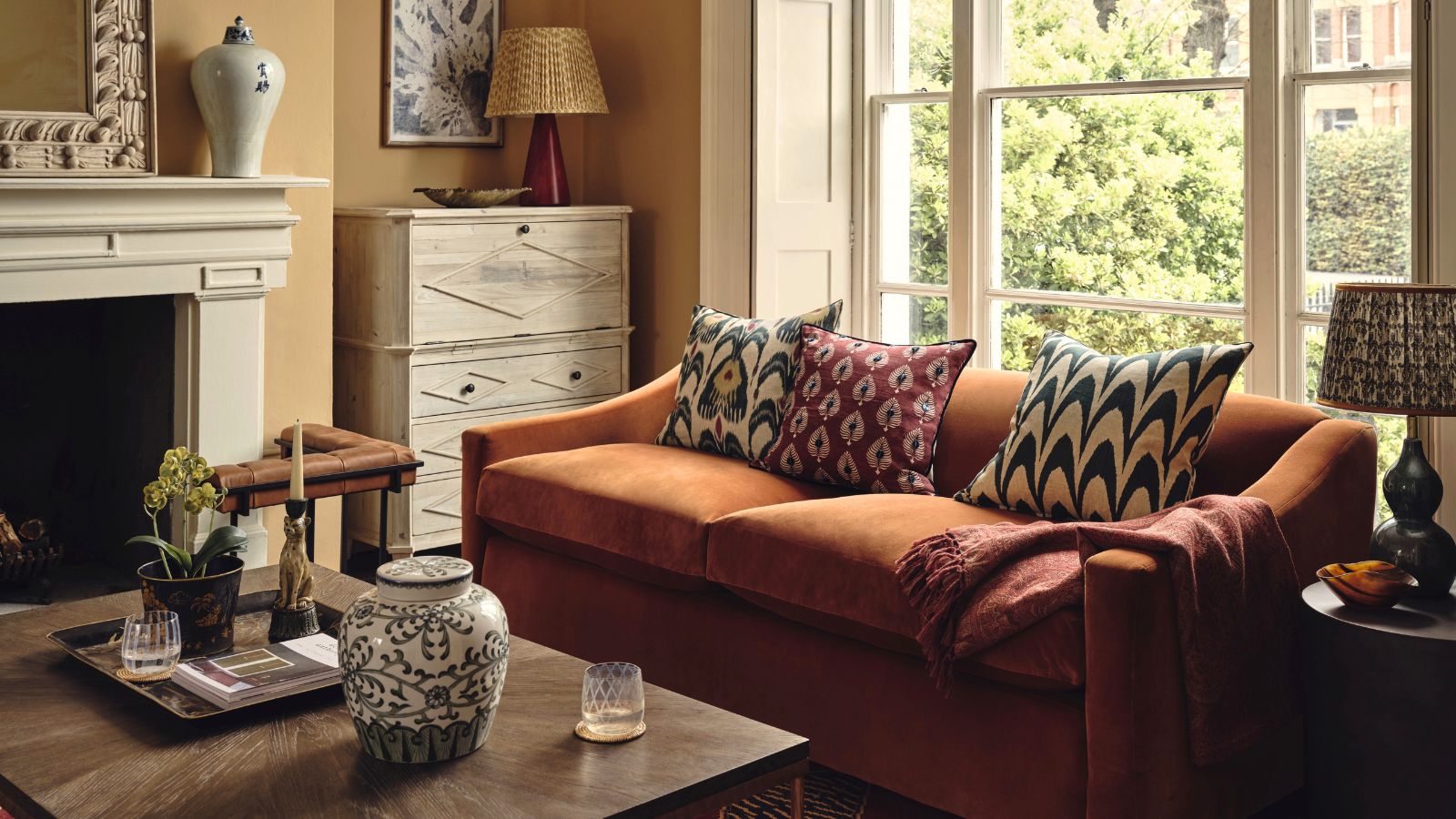 I’m an HVAC technician, and this is when I turn on my AC each year – plus 5 checks I always do beforehand
I’m an HVAC technician, and this is when I turn on my AC each year – plus 5 checks I always do beforehandSave yourself an AC hassle by running my checks and turning it on before big heat hits
By Josh Mitchell
-
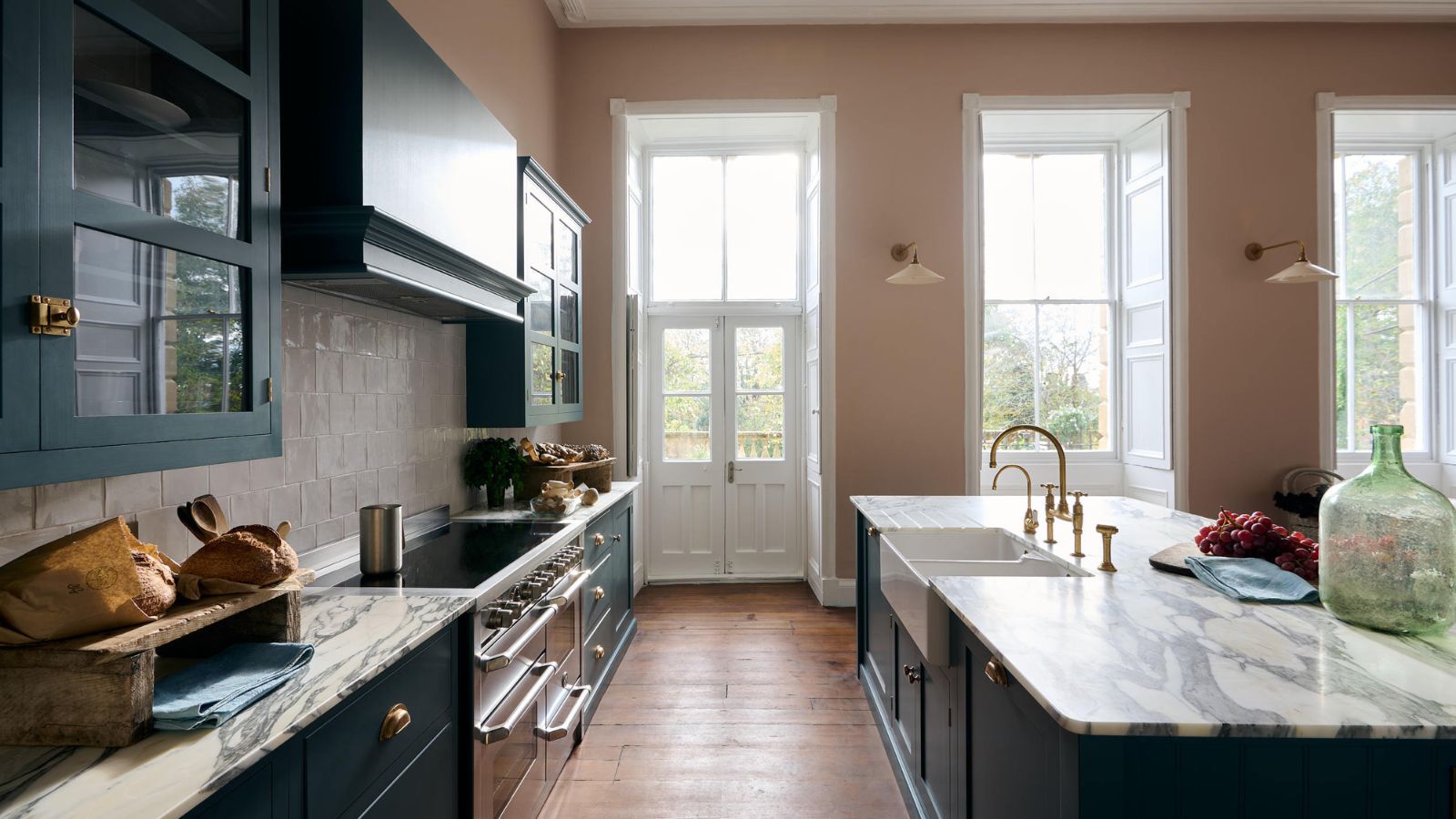 6 things you should never throw in the trash – and what to do for safe disposal instead
6 things you should never throw in the trash – and what to do for safe disposal insteadFrom batteries to space heaters, experts reveal what not to throw
By Andy van Terheyden